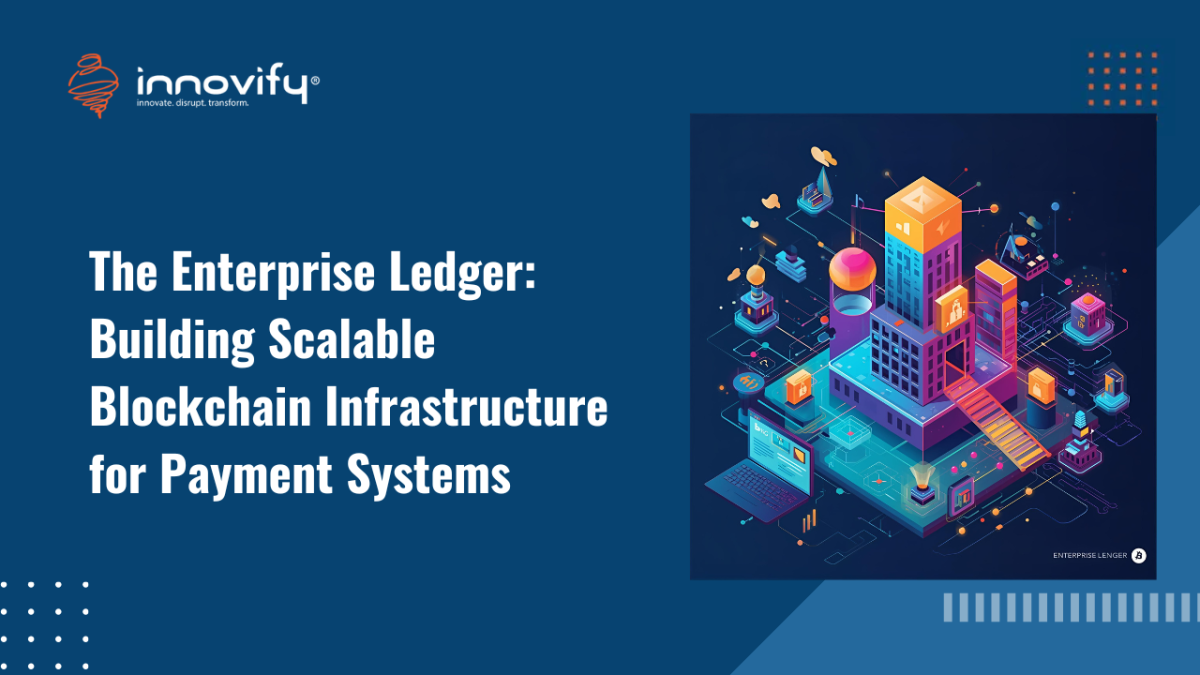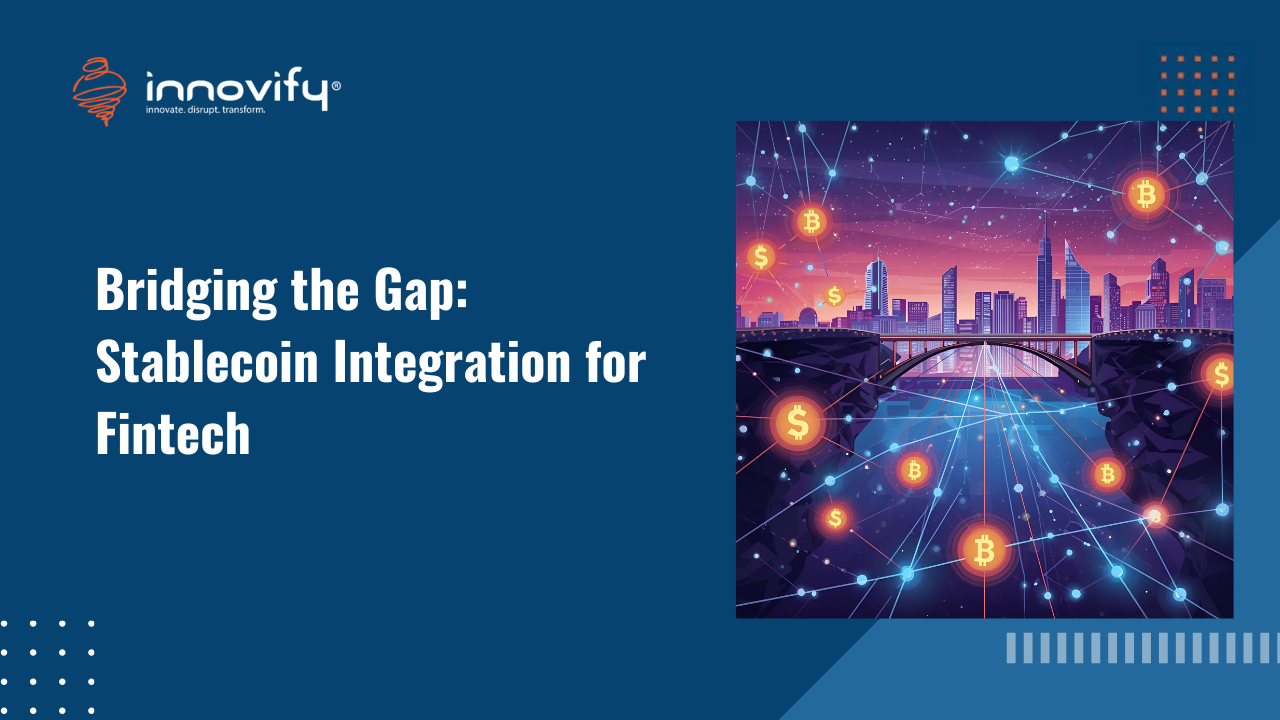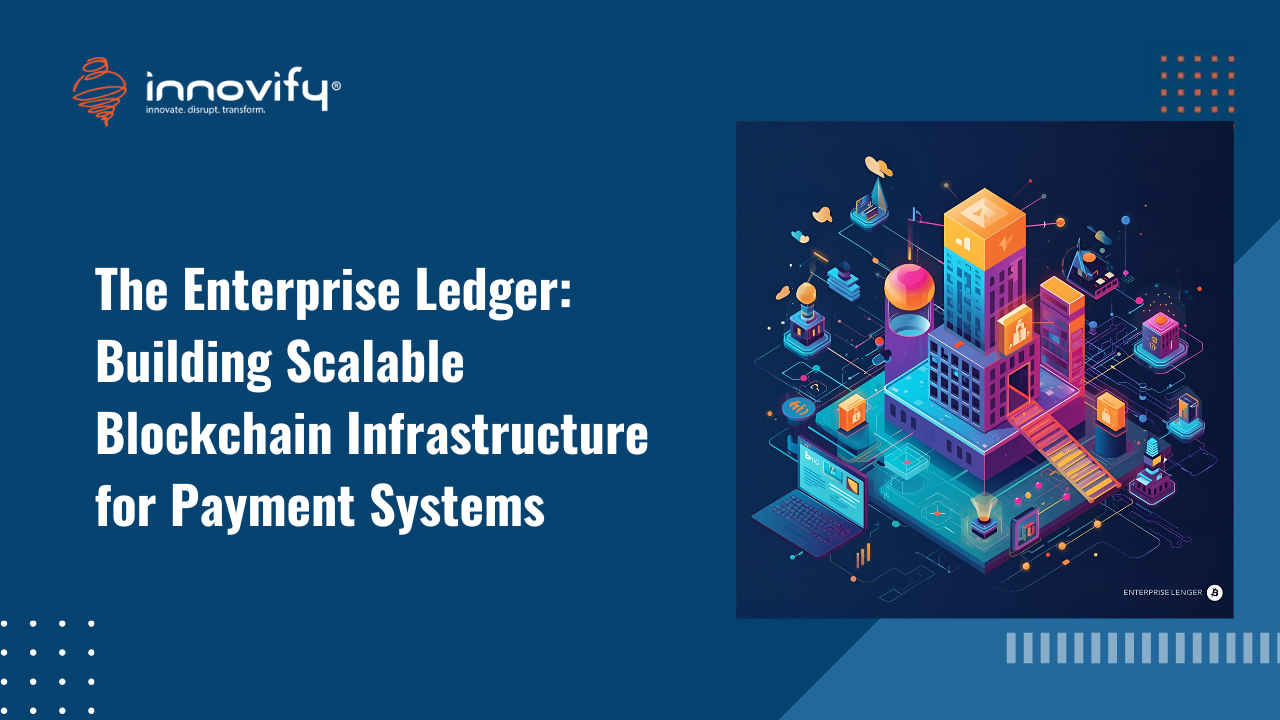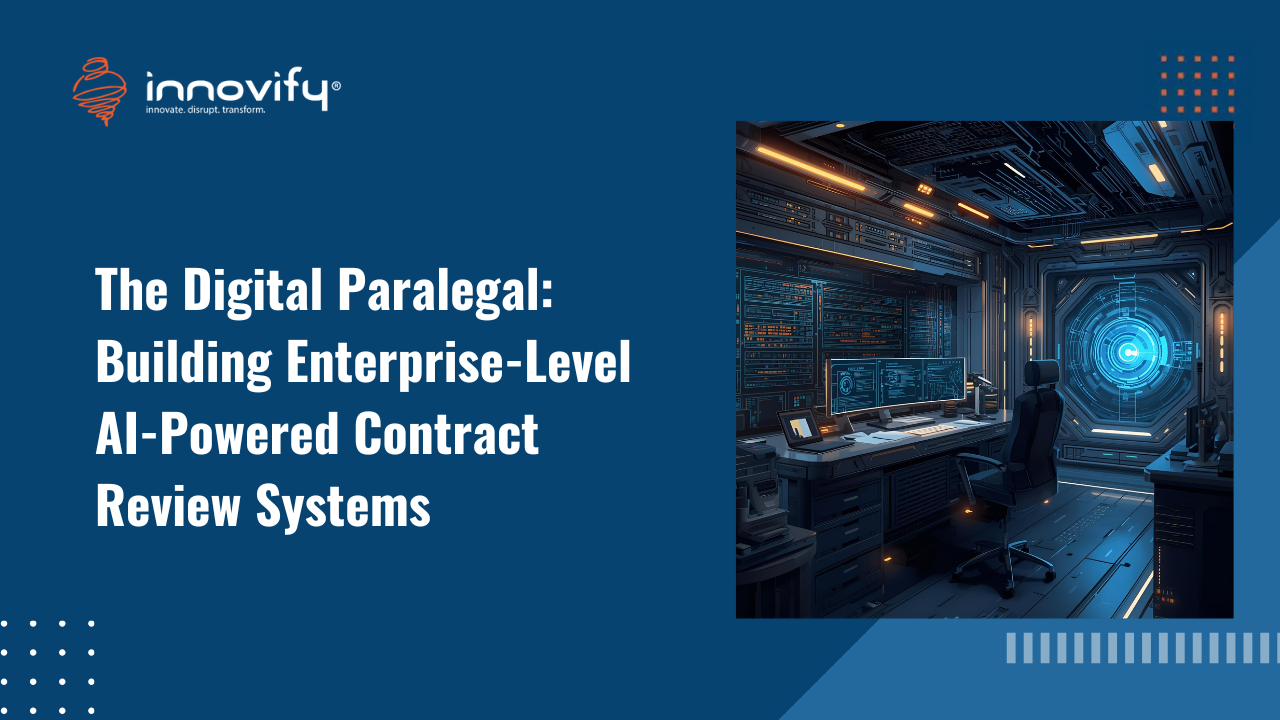FinTech
The Enterprise Ledger: Building Scalable Blockchain Infrastructure for Payment Systems
Blockchain Infrastructure for Enterprise Payment Systems
The global payments landscape is undergoing a massive shift, driven by the demand for instant, 24/7/365 settlement and lower operational costs. Traditional correspondent banking and payment rails, characterized by slow settlement times (days), high intermediary fees, and a lack of transparency, are no longer fit for the speed of modern global commerce. Enterprise-grade blockchain technology has emerged as the most compelling alternative, offering a shared, immutable ledger that can facilitate direct, real-time, and secure value transfer. However, realizing this potential requires overcoming the biggest challenge facing all Distributed Ledger Technology (DLT): scalability. Building a high-throughput, compliant, and interoperable Blockchain Infrastructure for Enterprise Payment Systems is the strategic imperative for financial institutions and large corporations today.
The Scalability Imperative: TPS is King
For a blockchain solution to successfully replace legacy payment infrastructure like SWIFT or closed-loop networks, it must handle thousands of Transactions Per Second (TPS) with near-instant finality. Public blockchains (like the original Bitcoin or Ethereum Proof-of-Work) are inherently limited in TPS due to their consensus mechanisms and decentralized design, which prioritize security over speed.
Enterprise payment systems require a different approach, leveraging permission or consortium blockchain architectures.
1. Choosing the Right Platform and Architecture
The foundational choice of DLT platform is critical for scalability:
- Permissioned Blockchains: Platforms like Hyperledger Fabric, R3 Corda, and J.P. Morgan’s Quorum (Onyx) are built specifically for enterprise needs. They utilize Proof-of-Authority (PoA) or similar consensus mechanisms where participants are known and trusted, dramatically increasing TPS compared to public networks.
- Consortium Model: This involves a limited number of known, regulated entities (e.g., banks, financial institutions) sharing control of the network. This governance structure allows for easier compliance and optimization for high-speed performance without sacrificing the necessary security.
2. Technical Levers for High-Throughput
To ensure unbounded scalability, enterprise solutions implement several key technical optimizations:
- Optimized Block Parameters: Since participants are known, security concerns related to centralization are reduced, allowing the network to safely process more transactions per block and generate blocks more quickly.
- Sharding (Future State): The principle of splitting the network into smaller, parallel sub-chains (shards), each processing a subset of transactions, allows for linear scaling of the overall transaction capacity.
- Off-Chain Processing (Layer 2 Solutions): For very high-volume, low-value transactions, systems can leverage Layer 2 solutions to process transactions off the main chain and settle the final net balance on the primary (Layer 1) ledger.
3. Core Enterprise Payment Use Cases
A scalable enterprise blockchain infrastructure enables immediate, high-impact use cases:
- Cross-Border Payments: Eliminating correspondent banks and enabling direct P2P or network transfers, reducing settlement time from days to minutes/seconds and significantly cutting costs.
- Real-Time Interbank Settlement: Providing banks with a platform for instant transfer and reconciliation of funds, improving liquidity management.
- Trade Finance: Digitalizing documents (Letters of Credit, Bills of Lading) and using Smart Contracts to automate the release of funds upon fulfillment of conditions, replacing manual paperwork and reducing fraud risk.
The Strategic Payoff
Building scalable blockchain infrastructure transforms the finance function. It allows institutions to move beyond simply reducing costs and toward building new business models based on 24/7/365 liquidity, immediate settlement finality, and the global reach of a distributed ledger. The ability to handle vast transaction volumes while maintaining security and compliance is what makes the enterprise ledger the future of global payments.
Ready to architect a scalable blockchain payment system for your enterprise? Book a call with Innovify today.




